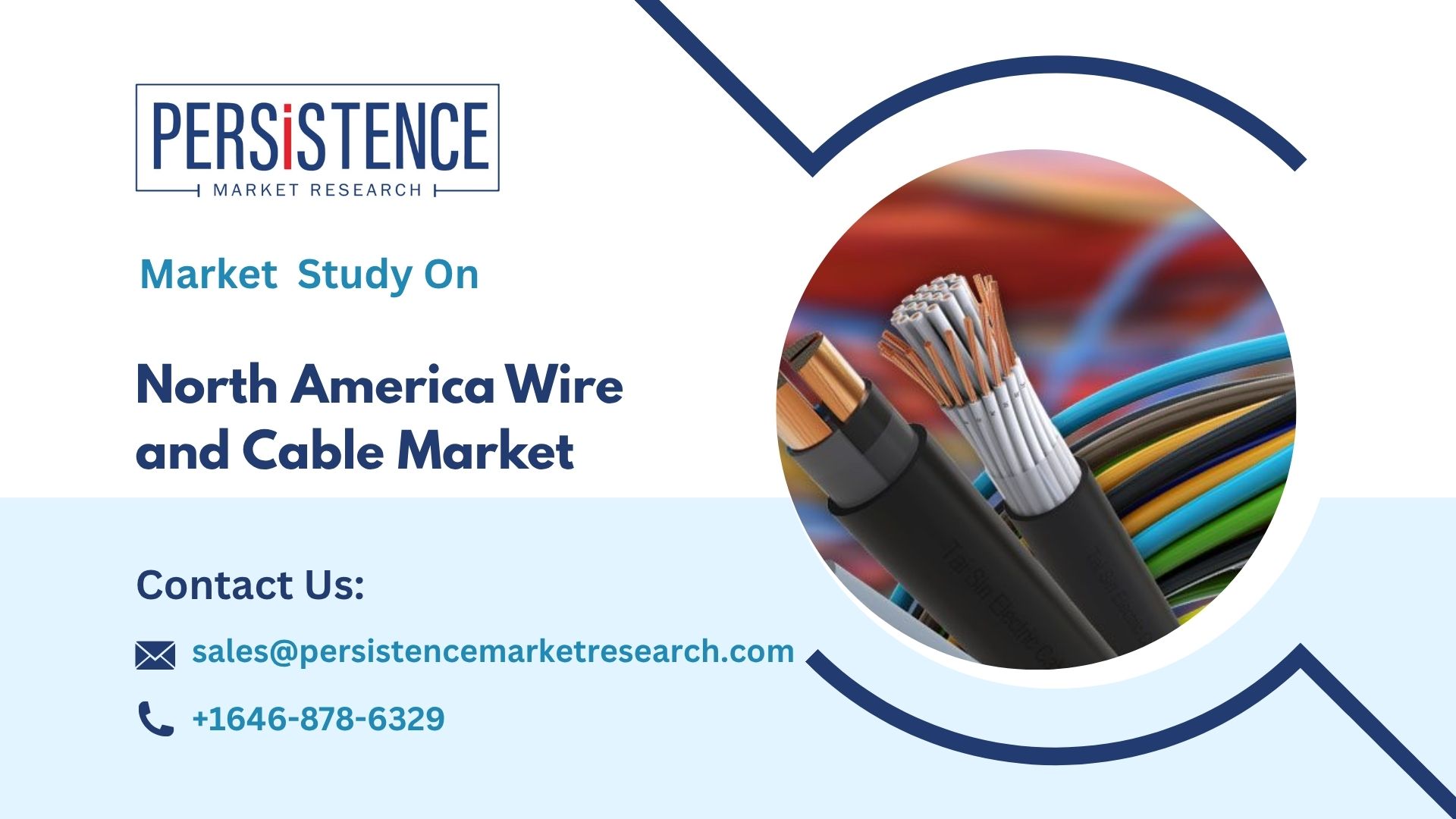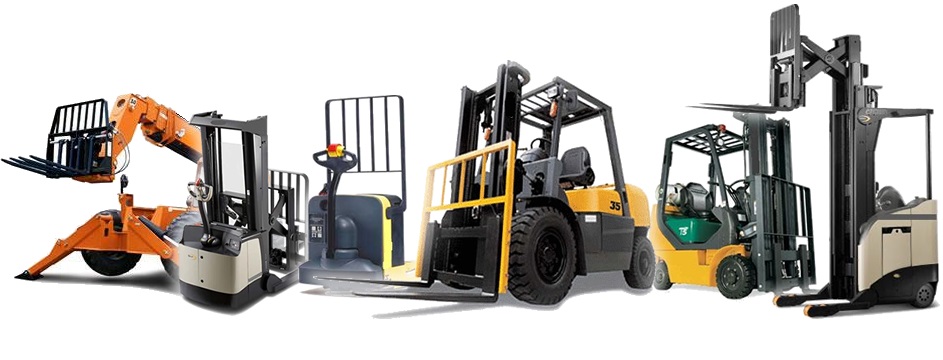Fiber Optic Cable Market in North America, Speeding Toward a Data-Driven Future

Strong 8k brings an ultra-HD IPTV experience to your living room and your pocket.
Introduction: The Backbone of the Digital Age
Fiber optic cables are revolutionizing the way data moves across the world. In North America, as society becomes increasingly dependent on high-speed connectivity, cloud computing, video streaming, and smart devices, fiber optics have become indispensable. Transmitting data as pulses of light through thin strands of glass or plastic, these cables offer unparalleled speed, bandwidth, and reliability compared to traditional copper-based solutions.
The Fiber Optic Cable Market in North America is booming, driven by expanding data center infrastructure, 5G rollout, increasing broadband access, and the digital transformation of nearly every industry. This article delves into the size, key drivers, innovations, and leading players shaping the continent’s data-driven future.
Market Size and Forecast: Robust Growth Ahead
The North America wire and cable market size is predicted to reach US$ 44.6 Bn in 2032 from US$ 30.5 Bn in 2025. It will likely witness a CAGR of around 5.6% in the forecast period between 2025 and 2032.
Key areas of demand include:
Telecommunications networks
Data centers
Enterprise IT infrastructure
Residential broadband
Industrial automation and IoT
Defense and aerospace systems
With exponential data growth and increasing latency sensitivity in modern applications, fiber optics are emerging as a strategic asset in regional connectivity planning.
Driving Forces Behind Market Growth
1. 5G Rollout and Mobile Backhaul
North America is among the global leaders in 5G deployment, and fiber optic cabling is crucial for enabling the low-latency, high-capacity infrastructure that 5G demands. Fiber is used extensively in mobile backhaul, connecting cell sites to the core network and ensuring seamless performance for end users.
Telecom giants like Verizon, AT&T, T-Mobile, and Bell Canada are investing billions to strengthen their fiber backbones to support next-generation wireless networks.
2. Surge in Data Centers and Cloud Computing
The explosion of data generated by businesses, streaming platforms, AI applications, and IoT devices is driving demand for hyperscale data centers. These data hubs require high-density fiber optic networks to handle massive data loads with speed and security.
Major cloud providers such as Amazon Web Services (AWS), Microsoft Azure, and Google Cloud are expanding data center capacity across North America—particularly in Virginia, Texas, Ontario, and Quebec—fueling long-term fiber demand.
3. Federal and Local Broadband Expansion Initiatives
To bridge the digital divide in underserved rural and remote areas, both the U.S. and Canadian governments are investing heavily in broadband infrastructure. In the U.S., the Infrastructure Investment and Jobs Act (IIJA) allocates $65 billion toward expanding internet access, with fiber optics playing a central role.
Similarly, Canada's Universal Broadband Fund is promoting fiber deployment in rural regions. These programs are expected to generate multi-billion-dollar opportunities for fiber optic cable suppliers and contractors through 2030.
4. Enterprise Digital Transformation and Smart Cities
Enterprises across sectors—healthcare, finance, retail, and manufacturing—are embracing digitalization and cloud-based workflows. This shift has triggered a demand for high-speed LAN networks and data center interconnects, driving growth in short- and medium-range fiber installations.
In parallel, smart city initiatives—featuring intelligent traffic systems, connected public services, and urban IoT networks—are adding new layers of fiber-based infrastructure to urban centers.
Technology Trends and Innovations
1. Bend-Insensitive and Armored Fiber Cables
As fiber gets deployed in tighter indoor spaces and harsh outdoor environments, bend-insensitive and armored fiber optic cables have gained popularity. These cables offer high durability, reduced signal loss, and improved performance in challenging installations.
2. Ribbon and Micro Cables
To accommodate more fibers in smaller ducts, ribbon fiber and micro cable technologies are being adopted, especially in densely populated cities. These designs streamline splicing, reduce installation costs, and are ideal for FTTx (Fiber to the X) projects.
3. Blown Fiber Systems
Innovative installation methods like blown fiber systems allow faster deployment in pre-installed conduits, reducing civil engineering costs. This technique is increasingly used in campuses, business parks, and multi-dwelling units.
4. Optical Distribution Networks (ODNs) and Passive Optical Networks (PON)
Next-generation ODN and PON architectures are enabling broadband providers to deliver high-speed internet while optimizing fiber usage and simplifying network design. The shift from GPON to 10G-PON and NG-PON2 is expanding fiber capabilities even further.
Key Players in the North American Market
Several major players dominate the North American fiber optic cable landscape, supported by robust manufacturing, R&D, and installation capabilities:
1. Corning Incorporated (USA)
The largest global manufacturer of optical fiber and cable, Corning is headquartered in New York and supplies a broad range of cables, connectors, and fiber solutions to telecom and data center operators.
2. CommScope (USA)
Based in North Carolina, CommScope provides fiber optic cabling, connectivity products, and structured network solutions for broadband, wireless, and enterprise markets.
3. Prysmian Group (Italy/USA)
Through its acquisition of General Cable, Prysmian has a strong North American footprint, delivering outside plant cables, high-fiber-count solutions, and advanced connectivity systems.
4. OFS Fitel, LLC (USA)
A subsidiary of Furukawa Electric, OFS manufactures a wide array of fiber cable types, including drop cables, indoor/outdoor hybrid cables, and industrial-grade solutions.
5. Belden Inc. (USA)
Known for enterprise networking and industrial automation, Belden produces high-performance fiber optic cables for harsh environments, smart buildings, and mission-critical applications.
These companies continue to invest in fiber densification, custom solutions, and sustainability to maintain a competitive edge.
Challenges Facing the Market
Despite its growth potential, the fiber optic cable market in North America faces several challenges:
Skilled labor shortages for installation, fusion splicing, and maintenance.
Supply chain constraints, including delays in raw materials like glass preforms and cable sheathing.
Cost of last-mile deployment in rural and low-density areas.
Competitive pressure from wireless technologies in select short-range applications.
However, these issues are being mitigated through modular network designs, training programs, and public-private partnerships focused on accelerating fiber rollout.
Regional Demand Highlights
United States
Leading the region with major investments in fiber broadband and 5G backhaul.
Telecom giants and data center operators dominate demand.
Federal programs like BEAD (Broadband Equity, Access, and Deployment) support rural fiber expansion.
Canada
Strong growth in Ontario, Quebec, and British Columbia due to urban fiber projects and greenfield housing developments.
Government subsidies incentivize rural fiber-to-the-home (FTTH) deployments.
Mexico
Increasing adoption of fiber in metro networks and industrial zones.
Demand driven by private ISPs, infrastructure upgrades, and manufacturing growth.
Conclusion: Lighting the Way to a Digital Future
The fiber optic cable market in North America is at the heart of the continent’s digital evolution. As industries digitize, cities get smarter, and consumers demand faster, more reliable connectivity, fiber optics stand out as the technology of the future.
Backed by innovation, government support, and insatiable demand for bandwidth, the region's fiber market is set to experience sustained growth. For manufacturers, telecom providers, contractors, and investors, this is a pivotal time to engage with a sector that’s literally speeding toward a data-driven future.
Note: IndiBlogHub features both user-submitted and editorial content. We do not verify third-party contributions. Read our Disclaimer and Privacy Policyfor details.







